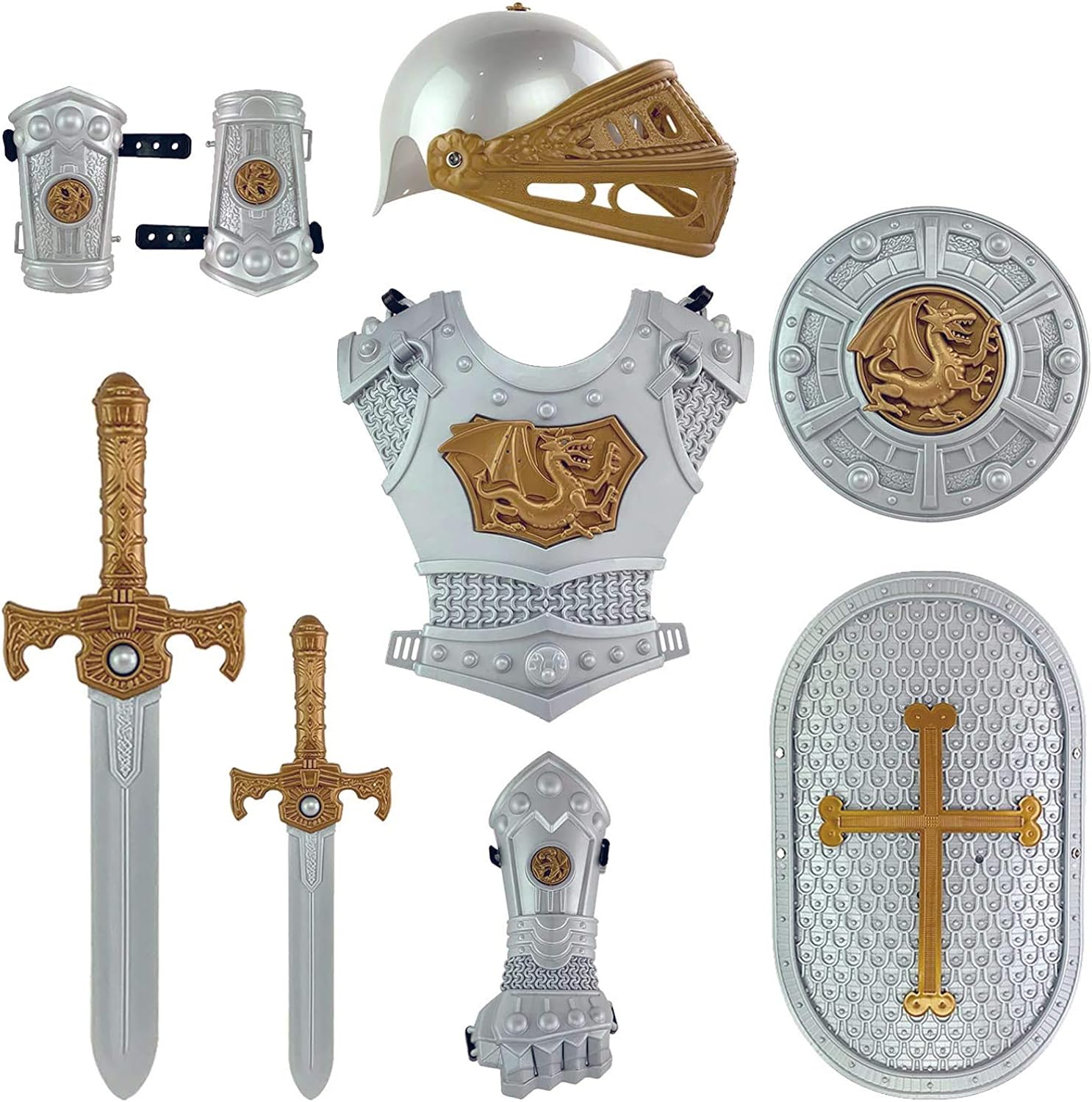Body armor serves as a crucial line of defense for individuals operating in high-risk environments, such as law enforcement officers, military personnel, security professionals, and civilians concerned about personal safety. While the primary function of body armor is to provide ballistic protection against projectiles, there are various accessories and enhancements available to augment its capabilities further.
In this article, we explore a range of full body armor accessories designed to enhance protection, comfort, and functionality for users in diverse operational settings.
1. Trauma Pads
Trauma pads are additional layers of padding designed to be worn behind ballistic panels in body armor vests. These pads serve to absorb and dissipate the energy from impacts, reducing the risk of blunt force trauma injuries caused by bullet impacts or blunt objects. Trauma pads are typically made from lightweight, flexible materials such as foam or gel and are available in various shapes and sizes to fit different body armor configurations.
2. Plate Carriers
Plate carriers are modular platforms designed to hold ballistic plates in front, back, and side pockets. They provide a more versatile and customizable option for users who require additional protection beyond soft body armor. Plate carriers allow users to easily adjust the fit and configuration of their body armor system, making them ideal for tactical operations, active shooter response, and other high-threat environments. Additionally, plate carriers often feature MOLLE (Modular Lightweight Load-carrying Equipment) webbing for attaching additional pouches, holsters, and accessories.
3. Ballistic Helmet
While body armor vests primarily protect the torso, ballistic helmets provide vital protection for the head and face. Ballistic helmets are designed to withstand ballistic threats, fragmentation, and blunt force trauma, offering comprehensive head protection in combat and tactical situations. Modern ballistic helmets are lightweight, ergonomic, and feature adjustable suspension systems for a comfortable and secure fit. Some helmets also incorporate accessories such as night vision mounts, communication systems, and modular face shields for enhanced functionality.
4. Ballistic Shields
Ballistic shields are portable barriers designed to provide immediate cover and protection against ballistic threats. They are commonly used by law enforcement officers, SWAT teams, and military personnel during dynamic entries, hostage rescues, and active shooter incidents. Ballistic shields are constructed from lightweight, ballistic-resistant materials such as Kevlar or ceramic composite, offering reliable protection while remaining maneuverable and easy to handle. Some ballistic shields also feature transparent viewing windows and weapon mounts for increased versatility.
5. Hydration Systems
Staying hydrated is essential for maintaining peak performance and cognitive function, especially during prolonged operations in hot and arid environments. Hydration systems, such as hydration bladders and canteens, can be integrated into body armor vests or plate carriers, allowing users to stay hydrated without impeding mobility or access to gear. Hydration systems typically feature a reservoir for holding water, a drinking tube with a bite valve, and compatibility with MOLLE attachment systems for secure mounting.
6. Ballistic Inserts
Ballistic inserts are supplemental armor panels designed to be inserted into pockets or compartments within body armor vests or plate carriers. These inserts provide additional protection against specific ballistic threats, such as armor-piercing ammunition or rifle rounds, without the need for bulkier or heavier armor systems. Ballistic inserts are available in various shapes, sizes, and ballistic protection levels to accommodate different body armor configurations and user requirements.
7. Tactical Pouches and Holsters
Tactical pouches and holsters allow users to carry essential gear, equipment, and weapons securely and conveniently while wearing body armor. These accessories attach to MOLLE webbing on plate carriers or body armor vests, providing easy access to magazines, medical supplies, communications equipment, and other mission-critical items. Tactical pouches and holsters come in a variety of designs and configurations to accommodate different types of gear and personal preferences.
8. Communication Systems
Effective communication is essential for coordination, situational awareness, and team cohesion during tactical operations and emergency situations. Communication systems, such as radio headsets, earpieces, and throat microphones, enable users to maintain clear and reliable communication with team members, command centers, and other stakeholders while wearing body armor. These systems are designed to be lightweight, durable, and compatible with helmets and other tactical gear.
Conclusion
Body armor accessories play a crucial role in enhancing the protection, comfort, and functionality of body armor systems for users operating in high-risk environments. From trauma pads and plate carriers to ballistic helmets and communication systems, these accessories provide additional layers of defense and support to ensure the safety and effectiveness of individuals in tactical, law enforcement, military, and security roles. By incorporating the right combination of accessories into their body armor setups, users can optimize their protection and readiness for a wide range of operational scenarios.




